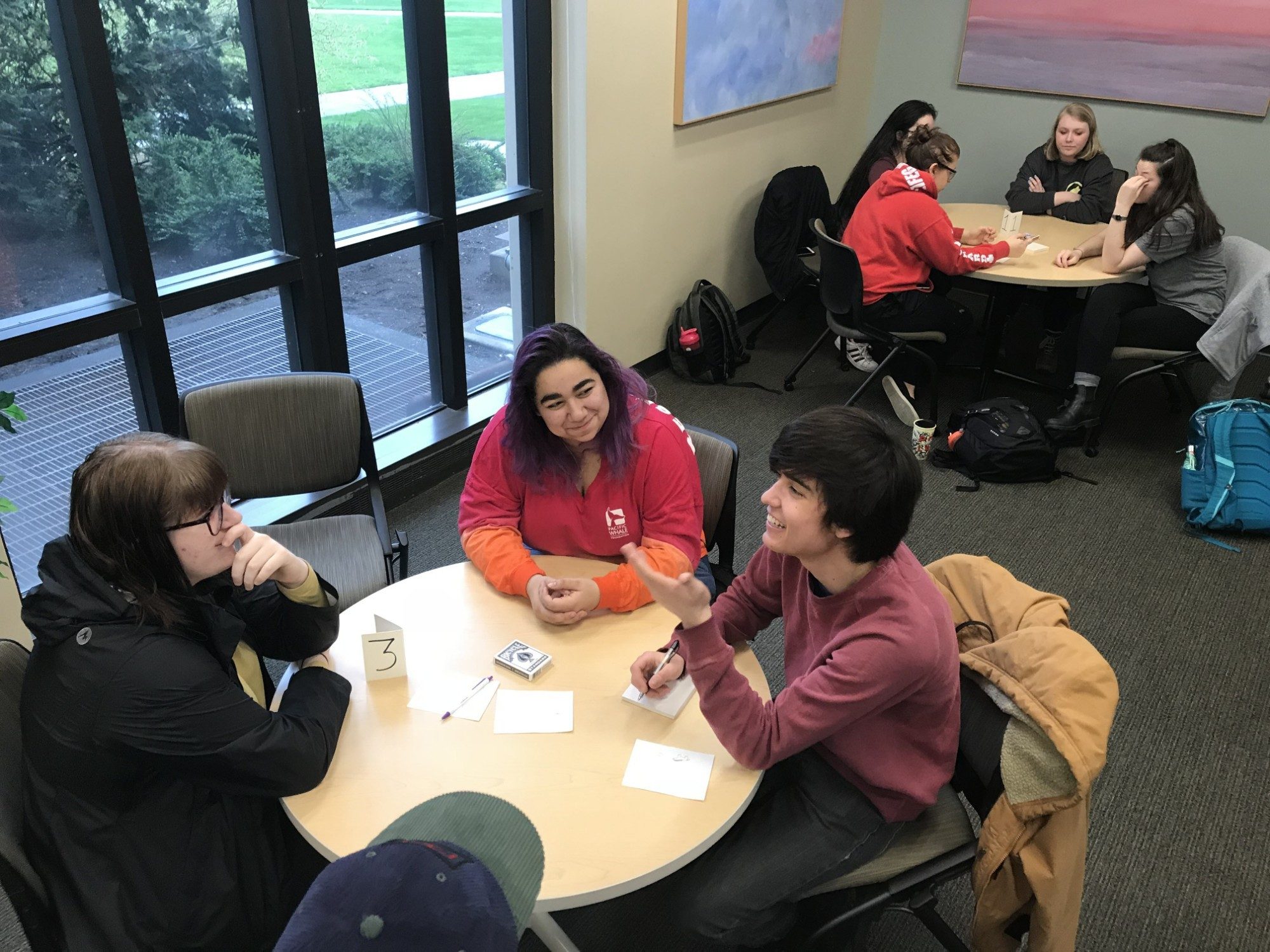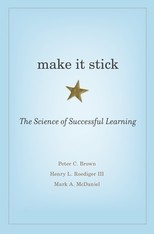Revisiting Bloom’s Taxonomy In the 1950’s Benjamin Bloom and other researchers collaborated to create what is known as Bloom’s Taxonomy of cognitive processes. This has been revised over the years and includes today six cognitive dimensions: Remember: recall facts and basic concepts (e.g., define, list, state) Understand: explain ideas or concepts (e.g., describe, explain, summarize)…Continue Reading Lesson Planning: At the Intersection of Bloom’s Taxonomy and Knowledge Dimensions
Lesson Planning: At the Intersection of Bloom’s Taxonomy and Knowledge Dimensions


